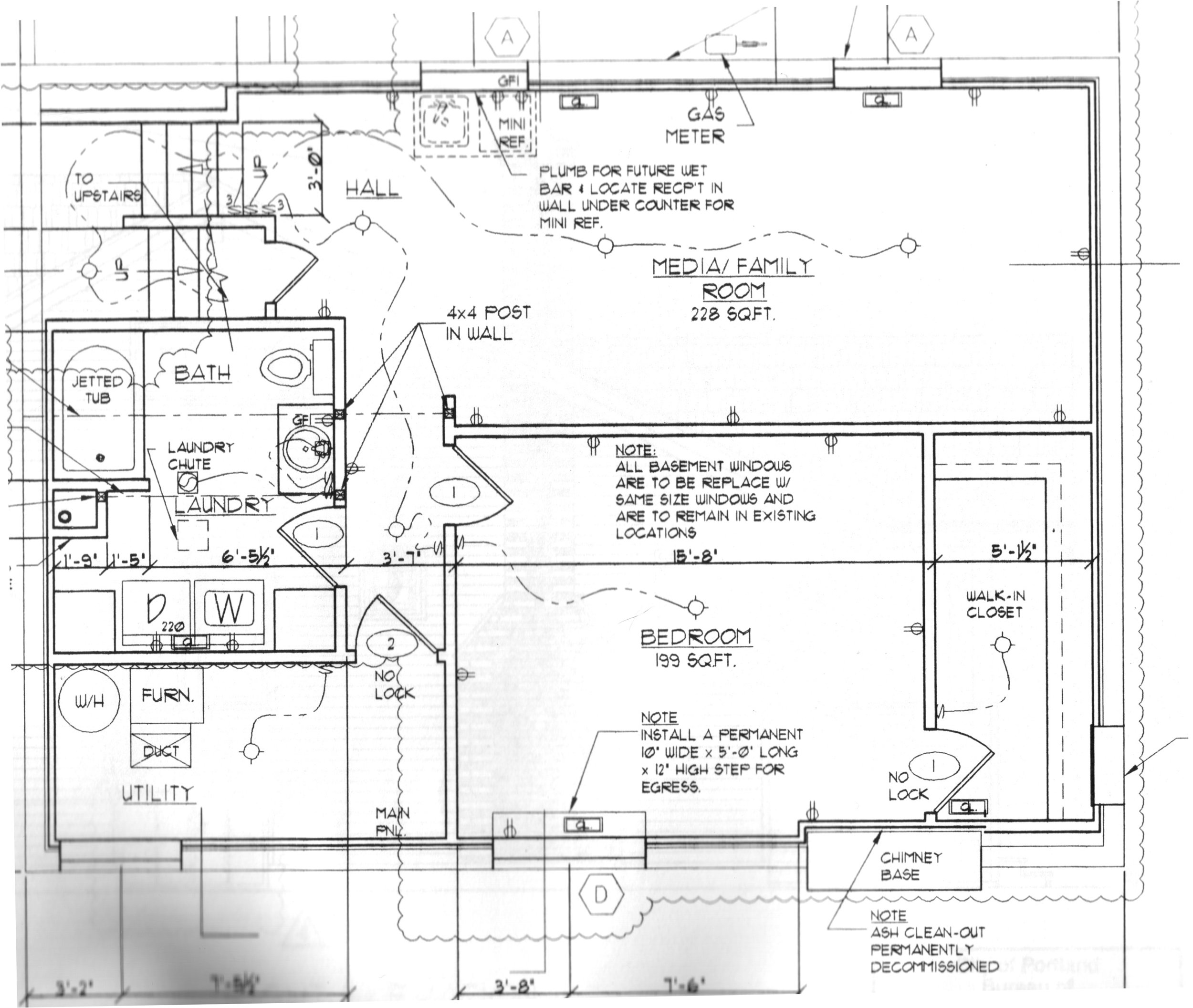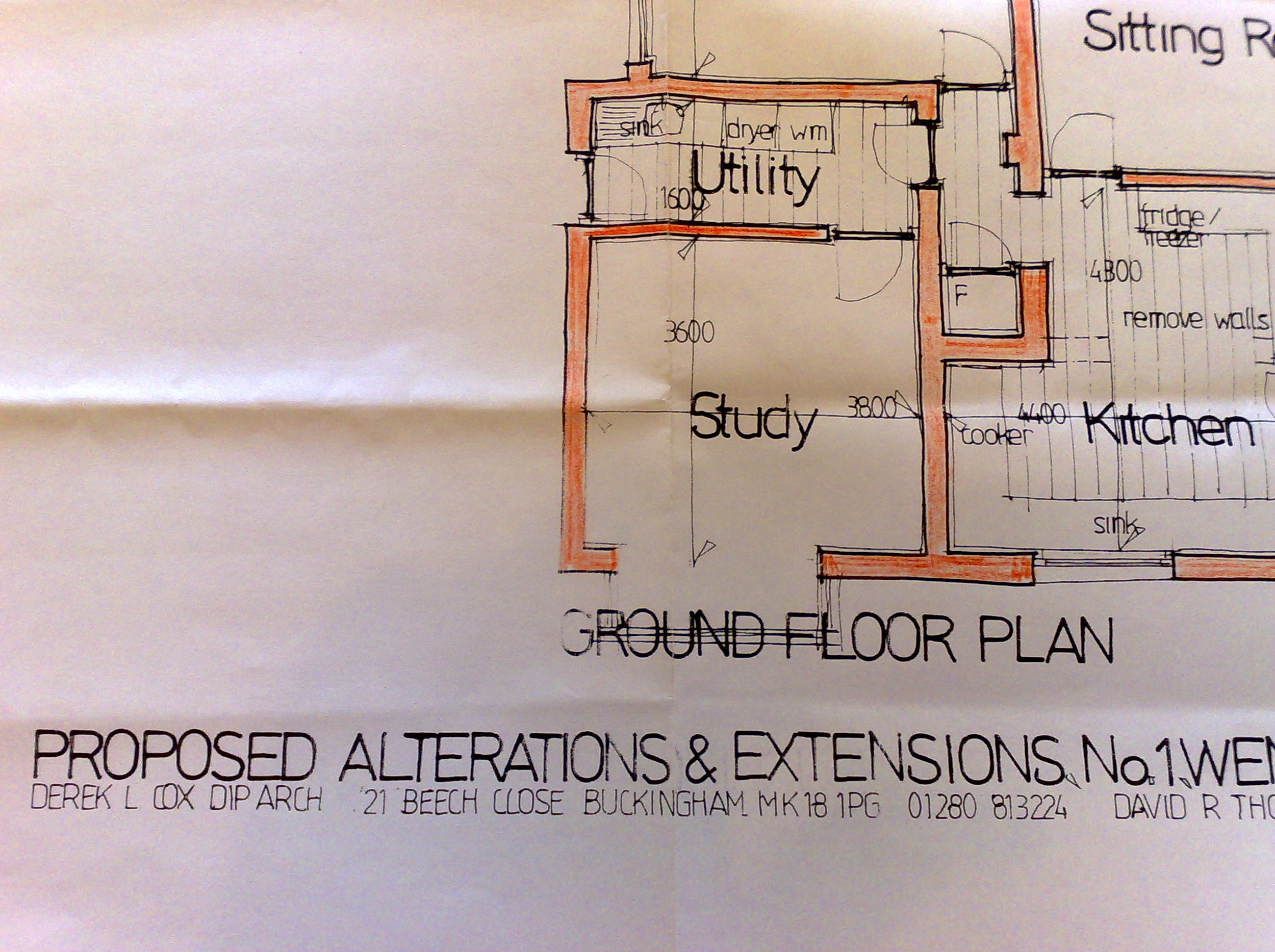The Party Wall Act 1996
The Party Wall Act 1996 enables property owners (called Building Owner) to undertake a range of work that often includes property alterations, extensions, loft conversions, new basements. The Act also protects neighbours (called Adjoining Owners) property and helps to ensure work is done properly within agreed levels of disturbance.
Party Wall Flow Chart: Building Owners
Party Wall Flow Chart:Adjoining Owners
The Party Wall etc. Act 1996 covers three distinct types of work; alterations to party structures (usually walls but may also be floors), the construction of new walls at the boundary and excavation close to adjoining properties. The below explanatory booklet should be helpful:
These are some typical examples of work that is likely to be covered by the Act:
- Rear and front extensions - excavations for foundations and new walls
- Loft conversions - load bearing beams cut into party wall
- Removing or raising chimney breasts and works to parapet walls
- Excavating for the foundations within 3m of a neighbouring or shared structure
- Basement extensions - excavations close to and underpinning of party walls
- Repairs or removal of garden walls and outhouses
The Party Wall Act 1996 came in to force on 1 July 1997 to govern the legal procedure to be followed in the carrying out of any works to property within England and Wales deemed, by the Act, to be 'notifiable'. This includes excavating for foundations within a specified distance of neighbouring property, building new walls at or astride the legal boundary, or works to repair or modify Party Walls and Party Fence Walls.
The Party Wall Act is not affected by any requirement for planning permission or building regulation approval. Planning permission or building regulation approval does not negate the need for compliance under the Party Wall Act. Even if your project is covered under permitted development it will usually still require a Party Wall Notice.
If you do not comply with Party Wall Act or follow procedures correctly you could be exposed to an injunction and your project be impacted by delays, increased costs and issues with neighbours.
If you are planning any property alterations, loft conversions, extensions, new basements you are likely to need to inform your neighbours and comply with procedures set out in the 1996 Party Wall Act. Similarly if your neighbour is planning any of these works you have rights to ensure your property is protected and the work proceeds properly. I supply a range of effective and affordable services and provide free initial advice to guide you through the process and help you make the right decisions.
Glossary of Terms
The Party Wall etc. Act 1996 uses unfamiliar terminology. The brief descriptions below may be new to you so we have set out a brief description of the more common ones.
The ‘Act’
Refers to The Party Wall etc. Act 1996
Party Wall
There are two types recognised under the Act:
Type (a) – a wall that stands astride the boundary belonging to two or more different owners.
Type (b) – a wall that stands wholly on one owner’s land but is used by two or more owners to separate their buildings.
Owner
This includes owners and tenants. Specifically anyone who has an interest in a property of greater than 1 year. So not someone with a 6 or 12 month Assured Shorthold tenancy
Building Owner
An Owner proposing to carry out works that are covered by the Act.
Adjoining Owner
An Owner (or interested party - see Owner above) of any neighbouring property to whom the proposed works are notifiable.
Occupier
A person that resides at an Adjoining Owner’s property but not the Adjoining Owner themselves. Occupiers do not have to be notified but do have other rights under the Act.
Notifiable Works
Any works proposed by a Building Owner that fall under sections 1, 2 or 6 of the Act.
Party Structure
A wall, floor or partition separating adjoining properties.
Line of Junction
An imaginary line dividing the land of adjoining owners.
Party Wall Surveyor
A Surveyor appointed by either, or both, of the Owners to resolve the dispute. Surveyors appointed under the Act have a legal obligation to act impartially.
Building Owner’s Surveyor
A Surveyor appointed by the Building Owner.
Adjoining Owner’s Surveyor
A Surveyor appointed by the Adjoining Owner.
Agreed Surveyor
A Surveyor appointed by both a Building Owner and an Adjoining Owner. The Agreed Surveyor can act for 1 or all of the neighbours.
Third Surveyor
The Third Surveyor is selected at the outset by the Appointed Surveyors but is only called upon where there is a matter that they cannot resolve between themselves.
Party Wall Notice
A formal document that is served on an Adjoining Owner by a Building Owner. It includes details of the proposed work. An Adjoining Owner can either consent or dissent to a Notice.
Consent
To consent is to agree to the proposed works. This must be done so in writing.
Dissent
To dissent is to create a dispute. This can be done it writing or by taking no action within 14 days.
Dispute
The term used in the Act when an Adjoining Owner does not consent to the works upon receipt of a Notice. This is done by dissenting to the Notice or not replying within 14 days.
The Building Owner must appoint a Surveyor to resolve the dispute by creating a Party Wall Award. An Owner who are ‘in dispute’ must appoint a Surveyor (or agree to appoint a single, Agreed Surveyor). The Surveyor/s must act impartially to resolve the dispute by agreeing the terms of an Award and serving it on the Owners.
Counter Notice
After being served a Notice by the Building Owner, an Adjoining Owner can serve a Counter Notice, requesting him to carry out specific works.
Section 1 of the Act
Covers construction of new walls on the Line of Junction between two Properties/Owners. Building astride the Line of Junction is only possible with the Adjoining Owner’s written consent. Notice should be served 1 month before the proposed start date of any Section 1 works.
Section 2 of the Act
Covers works to an existing Party Structure. There are a wide scope of works that fall under this category, including raising, repairing, demolishing and rebuilding, cutting into, cutting away projections and exposing a Party Wall. Notice should be served 2 months before the proposed start date of any section 2 works.
Adjacent Excavation
Digging close to an Adjoining Owner’s property (see Section 6 of the Act below). Notice served under Section 6 of the Act is often referred to as a ‘Notice of Adjacent Excavation’.
Section 6 of the Act
Covers adjacent excavations within 3 and/or 6 metres of an Adjoining Owner’s property.
If excavations are within 3 metres of an Adjoining Owner’s building and deeper than the base of their foundations, they will be notifiable under this section. The 6 metre rule will normally only be applicable if the work includes piled foundations. Notice should be served 1 month before the proposed start date of any section 6 works.
3 Metre & 6 Metre Notices
Alternative names for a Notice of Adjacent Excavation depending upon the relevant distance.
Right of Entry
Where work is authorised by the Act and access to the Adjoining Owner’s property is necessary to execute said work, that Right of Entry is provided for by Section 8 of the Act.
Security for Expenses
Section 12 of the Act gives an Adjoining Owner the right to request Security for Expenses i.e. ask that funds are placed in an independent account by the Building Owner in case the works are started but not finished. If the Building Owner refuses the request the matter passes to the appointed Surveyors to resolve.
Do you have Further questions?
Please contact me for further advice and a free initial consultation




